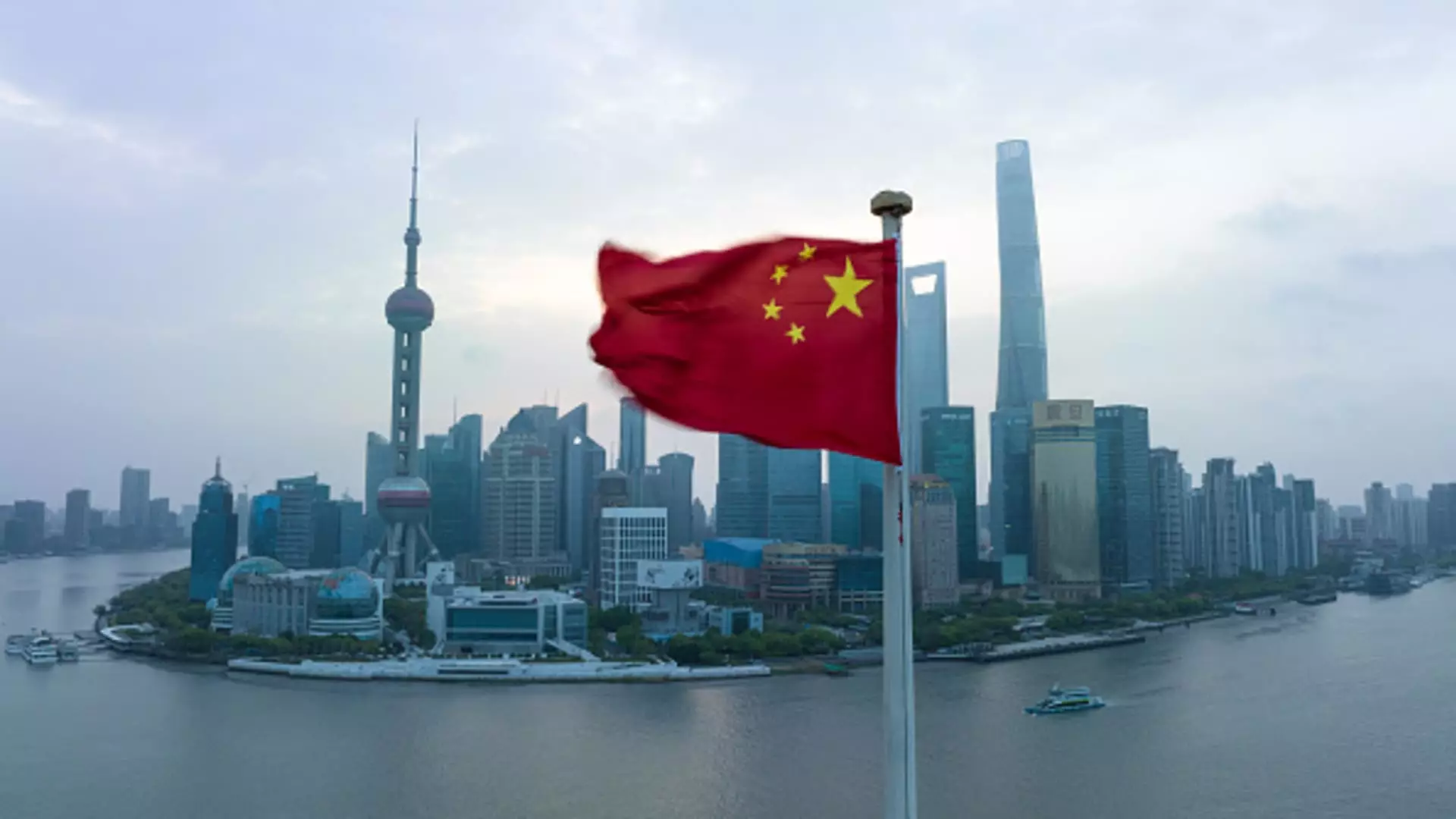Chinese companies are increasingly attracting investors through unprecedented dividend payouts and share buybacks, driven by significant reforms in corporate governance. According to the latest data from the China Securities Regulatory Commission (CSRC), listed firms in China disbursed a staggering 2.4 trillion yuan (approximately $328 billion) in dividends last year, setting a new record. Complementing this trend, the overall share buybacks reached an all-time high of 147.6 billion yuan. Goldman Sachs forecasts that these cash distributions could soar to a remarkable 3.5 trillion yuan this year, indicating a broader shift in the investment landscape driven by these financial metrics.
The momentum for these payouts seems to stem from a strategic shift among Chinese enterprises, which, in light of limited avenues for reinvesting their cash, are increasingly opting to return funds to their shareholders. HSBC’s Asia equity strategist, Herald van der Linde, emphasizes that this represents a significant change in corporate philosophy. With banks offering lower returns, companies are prioritizing shareholder returns as they strive to optimize their capital management strategies.
A Surge in Dividend Payouts
Encouragingly, projections indicate that over 310 companies are poised to distribute dividends exceeding 340 billion yuan in the first months of 2024, signifying a substantial increase from previous years. This surge represents nearly a nine-fold increase in the number of firms engaged in dividend payouts and a remarkable 7.6-fold rise in overall distributions compared to the same timeframe last year. Consequently, the dividend yield for Chinese equities has climbed to approximately 3%, the highest level recorded in almost a decade.
The performance of high-dividend Chinese stocks has outperformed their counterparts in other emerging Asian markets by a notable 15%, thanks in part to a proactive stance from the government. To support this growing trend, authorities have introduced tax incentives aimed at encouraging companies to increase shareholder returns. The impetus to enhance shareholder dividends has been entrenched in the priorities set forth by the State Council and CSRC for 2024.
Moreover, regulatory adjustments have reinforced the financial framework surrounding share buybacks, including a targeted relending program designed to facilitate share repurchases and bolster the integrity of dividend payment structures. November’s statistics highlighted an increase in listed companies announcing cash dividend strategies, climbing from 500 to 677 year-on-year.
State-owned enterprises (SOEs) are leading this dividend renaissance, as reinforced by the realities of the Chinese regulatory and financial environment. Companies like PetroChina and CNOOC Group have emerged as frontrunners with dividend yields around 8% and 7.54%, respectively. Commentary from industry experts underscores that SOEs quickly align with governmental directives to drive corporate efficiency. Jason Hsu, founder of Rayliant Global Advisors, notes that the government has influenced these financial decisions through favorable loan rates aimed at funding enhanced dividend distributions.
On the other side of the spectrum, private firms, such as e-commerce giant JD.com, are also ramping up their cash return strategies. With a $5 billion share buyback plan approved and a healthy 1.9% dividend yield, these actions reflect a growing recognition of dividend policies as vital tools for attracting investment interest.
Comparative Analysis of Dividend Payout Ratios
Despite these promising developments, it’s noteworthy that China’s dividend payout ratio—currently at 52.58%—still lags behind several regional players. For context, Australia boasts a payout ratio of 89.2%, while Singapore’s stands at 78.13%. This presents an area of potential growth for Chinese firms, signaling that there remains room for enhanced cash returns for shareholders.
The ongoing push for heightened dividend payouts is likely to bolster the attractiveness of Chinese equities in both domestic and global markets. However, it’s essential to consider the implications of escalating cash distributions, as they may result in capital flowing out of Chinese markets to offshore destinations, consequently adding pressure to the Chinese yuan.
Current market conditions depict a landscape where dividend payouts serve as a temporary salve for anxious investors, especially given the ongoing challenges within China’s broader economic framework. As investment sentiments hover around caution, attractive yields may incentivize local investors wary of reduced pathways for capital appreciation in real estate and traditional equity markets.
Market analysts suggest that dividends not only deliver immediate liquidity to households but also position Chinese stocks as viable alternatives to historically low-yielding bank accounts. As Jason Hsu succinctly states, a high dividend yield is a compelling rationale for investors willing to wait for market catalysts.
The ascent of dividends and buybacks among Chinese firms reflects a broader realignment in corporate finance strategies, driven by regulatory frameworks and economic conditions. As corporate governance structures advance, a reinvigorated sense of financial accountability is emerging, providing both domestic and global investors with renewed confidence in China’s financial markets.


Leave a Reply